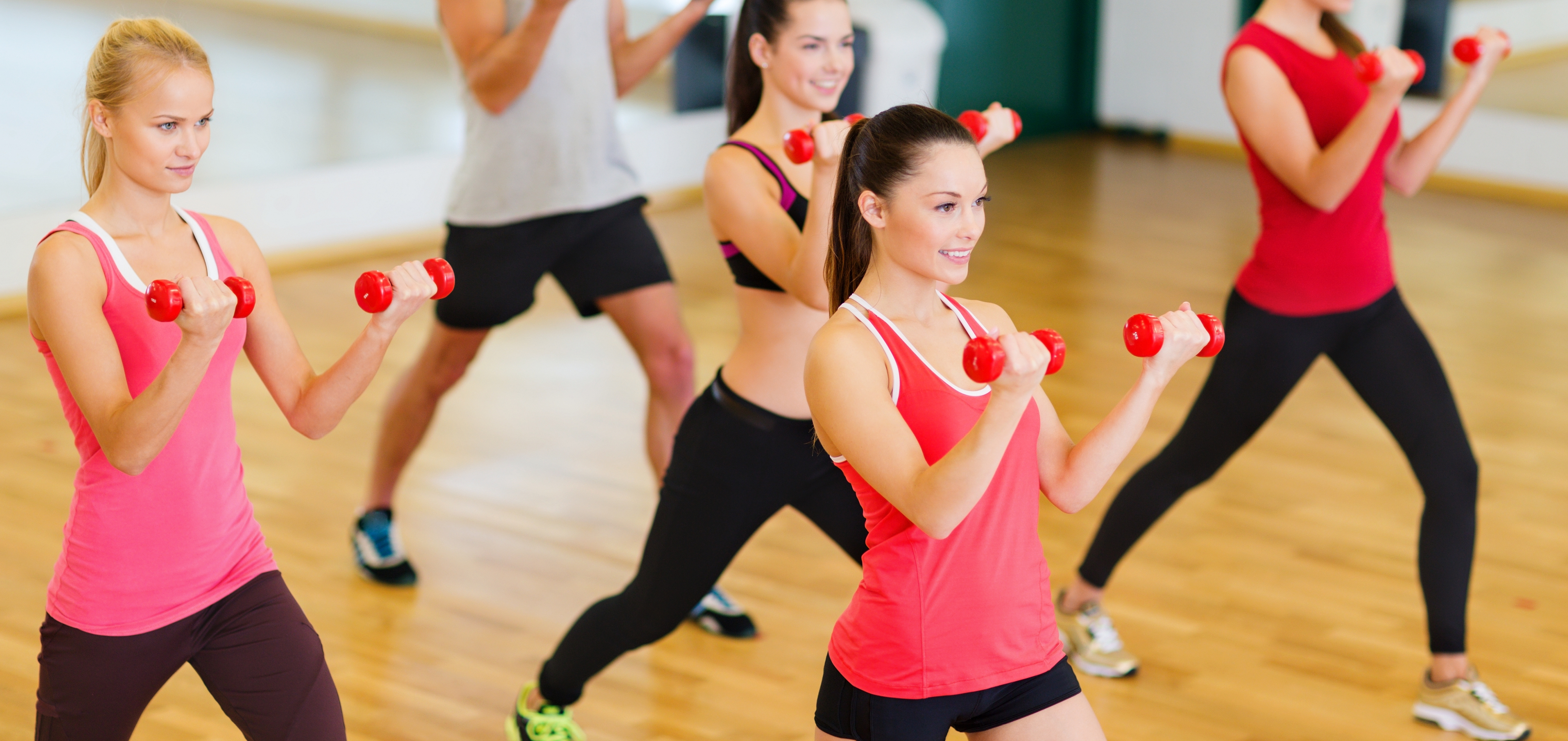
Fitness circuits are designed in relation to the goals of the athlete, commonly involving several stations which exercise various muscle groups and body systems. Those seeking to improve their general fitness will benefit most from a fitness circuit which incorporates a variety of exercises to improve the various fitness components – an approach designed to improve strength, endurance, and cardiovascular function, to name a few. Fitness circuits can be specifically designed to improve precise goals, such as endurance, strength, power, or balance, depending on the discipline being trained for.
Fitness circuit for general fitness
General fitness involves training towards improved performance and function in the various fitness components. These fitness components include; power, speed, strength, endurance, cardiovascular ability, balance, flexibility, and body composition. A fitness circuit designed to improve general fitness therefore should involve stations which improve the collective components outlined.
Each fitness circuit, for those seeking to improve general fitness, should contain half a dozen to a dozen stations. Each station within the circuit will involve a varied stimulus, which will be outlined shortly, with each exercise lasting between half a minute to two minutes. A rest period between each station is common, and can be varied depending on goals and the level of current fitness (rest periods should be longer for those with low fitness levels, decreasing rest period over time for progression). A rest period between half a minute to two minutes is recommended. Depending on current fitness levels, the fitness circuit can be performed between one and four times, allowing for a couple of minutes rest between each circuit.
Fitness circuit exercises/stations for strength and power – Strength and power can be improved via weight training, resistance work, and bodyweight exercises. Repetitions should remain below ten. Below are some exercise ideas.
Upper body: press ups, narrow press ups (emphases triceps involvement), pull ups, overhead dumbbell press, and barbell row.
Lower body: deadlifts, dumbbell squats, dumbbell lunges, and box jumps.
Core: crunches, dorsal raises.
Fitness exercises/stations for endurance and cardio – Exercises which involve a large number of muscles, in moderate intensity, and for reasonable duration, will improve endurance and cardiovascular ability. Weight training exercises can be performed with a high number of repetitions, with decreased weight, to improve muscular endurance. Below are some ideas.
Skipping, step ups, star jumps, steppers, and any exercise which elevates pulse and breathing.
Fitness circuit exercises for balance and flexibility – Balance and flexibility are often neglected from fitness training, but the implementation of exercises which improve balance and flexibility can aid in all round performance and fitness.
One legged squats, box jumps, one legged hover step ups, one legged dumbbell squat.
The above exercises should allow for a fitness circuit to be constructed with whatever equipment is available. Using greater resistance, performing the exercises to greater intensity, decreasing rest time, and increasing the number of circuits performed, are all methods of progressing.
Fitness circuits for specific goals
The above fitness circuit and exercises involve a varied stimulus to ensure all the fitness components are exercised. For those who specifically train towards one goal may wish to focus more on one fitness aspect, such as strength, endurance or balance. The fitness circuit would therefore incorporate exercises which are all geared towards the training goal, utilising rep range, intensity and resistance to improve a particular fitness component.